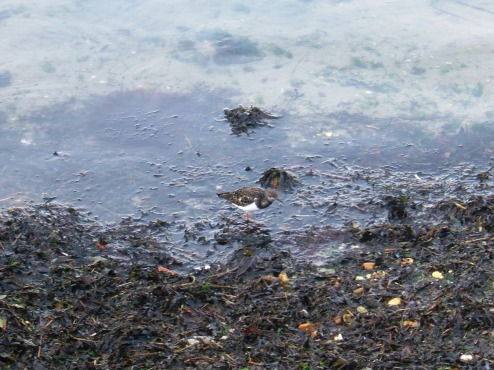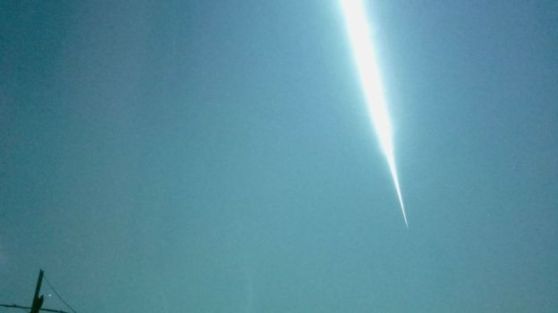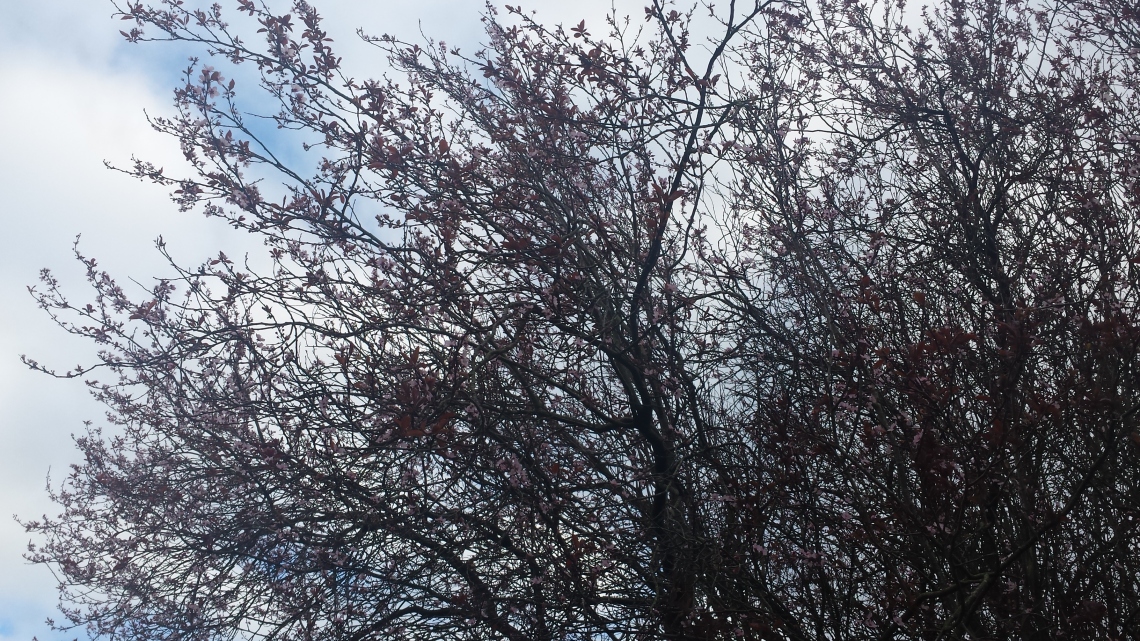Two weeks ago I visited my favourite nature reserve, Winnall Moors in Winchester. I went to university in Winchester and once I discovered this gem I visited virtually every day. Thanks to this I am in the unusual position of having four years worth of photos to share with you so on this one occasion the photos were not all taken on one visit.
Winnall Moors is located ridiculously close to the city centre and historically was water meadows. It’s now managed by the Hampshire and IoW Wildlife Trust and is undergoing a large lottery funded project. It sits on the flood plain of the River Itchen and so there is no chance it could ever be built on. The main reserve is fairly small, with a mile long circular path taking you through it though actually the reserve extends a fair distance (and I was once fortunate enough to take a guided walk around part of the reserve the public don’t usually get to see).
The main reason Winnall Moors is so fantastic is the River Itchen, one of the few British rivers that are still home to both otters and water voles. I’ve never seen an otter in the reserve but the water voles are so abundant that if you go in the Spring or Summer you have a high chance of seeing at least one.
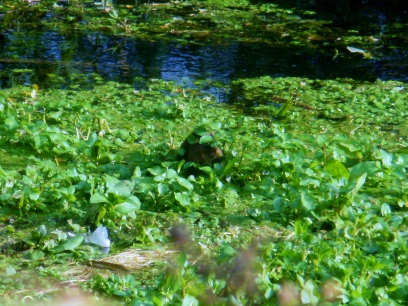
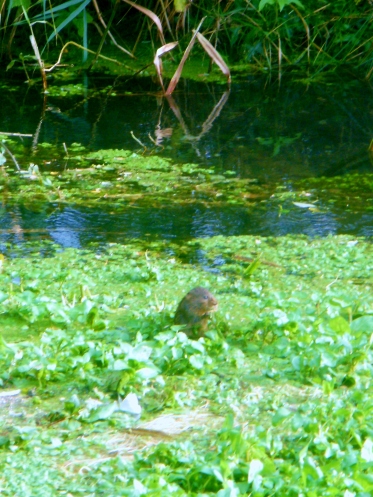
As with most rivers it’s also home to lots of bird life like mute swans, mallards, coots and moorhens. I’ve also seen water rail and kingfishers around the river fairly regularly.

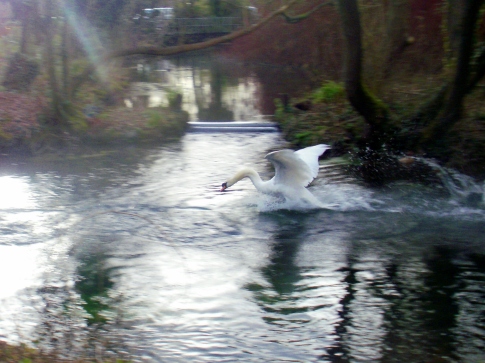
The reserve has a rare mixture of habitats from woodland to fen meadows and reedbeds. The reedbeds are home to various warblers including sedge warblers, reed warblers and even Cetti’s warblers. On a bird ringing event I saw all three but usually it’s tricky to spot them, let alone work out which they are (all three are very similar looking). However, you are very likely to hear them warbling.
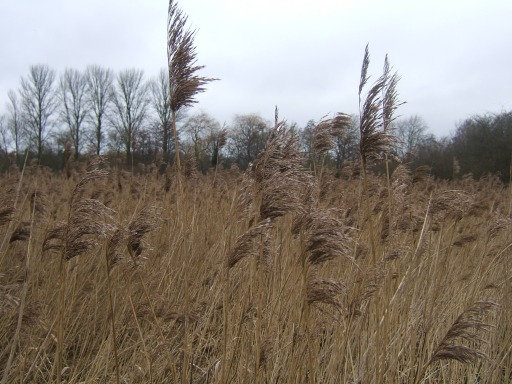
The list of things to see goes on. There’s plenty of insect life including scarlet tiger moths, banded damselflies and emperor dragonflies. In the winter it’s not unlikely that you can see roe deer in the reedbeds. There’s also lots of fish in the river including atlantic salmon, bullhead, brook lamprey, eels and pike. You can sometimes see pike on some stretches of the river and several bridges give you an opportunity to look for other fish. There’s even plenty of interesting flowers to spot, some marking the old water meadow ditches: southern marsh orchids, ragged robin and yellow flag iris.
Winnall Moors is exciting because it’s one of those nature reserves where you never know what you are going to see but are almost guaranteed to see something exciting. And it’s always beautiful, no matter what time of year you visit.
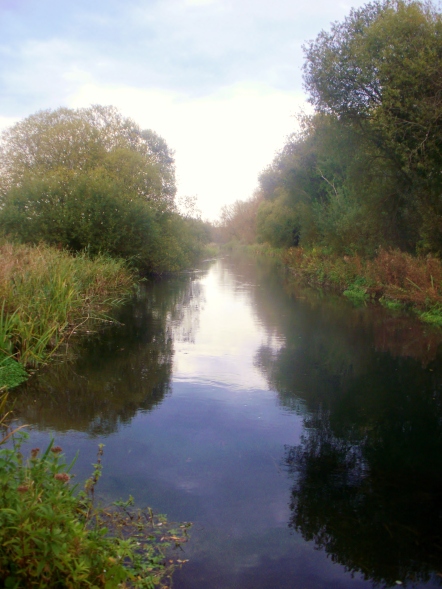
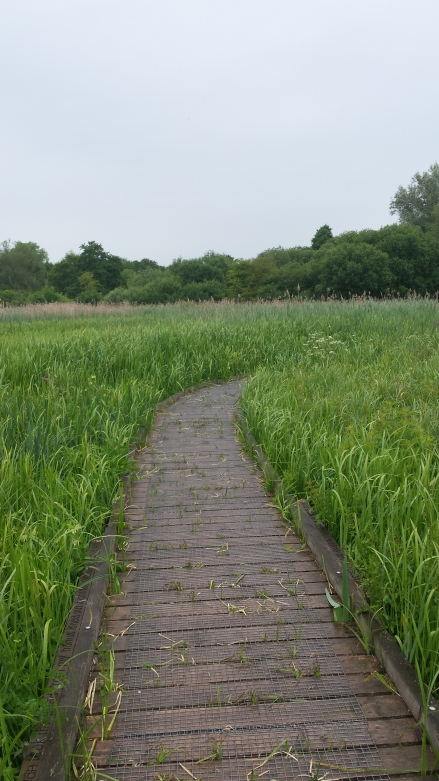
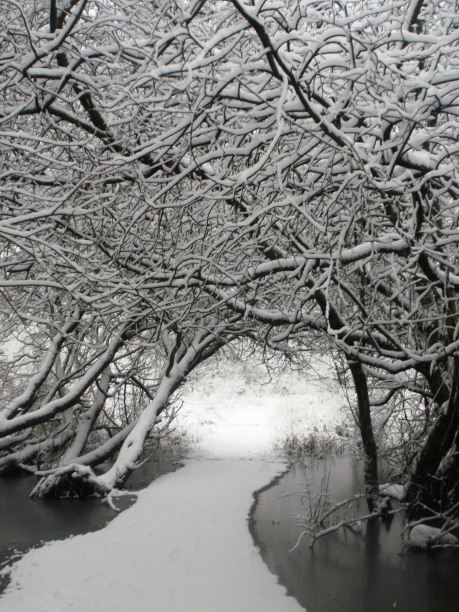
For more information on the reserve and visiting it, check out the HIWWT website.

